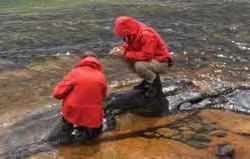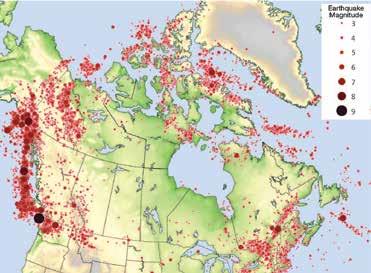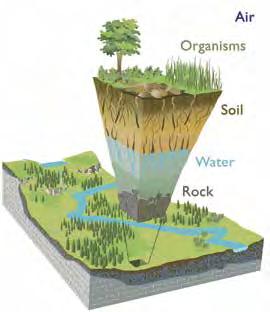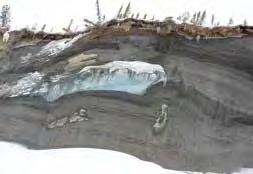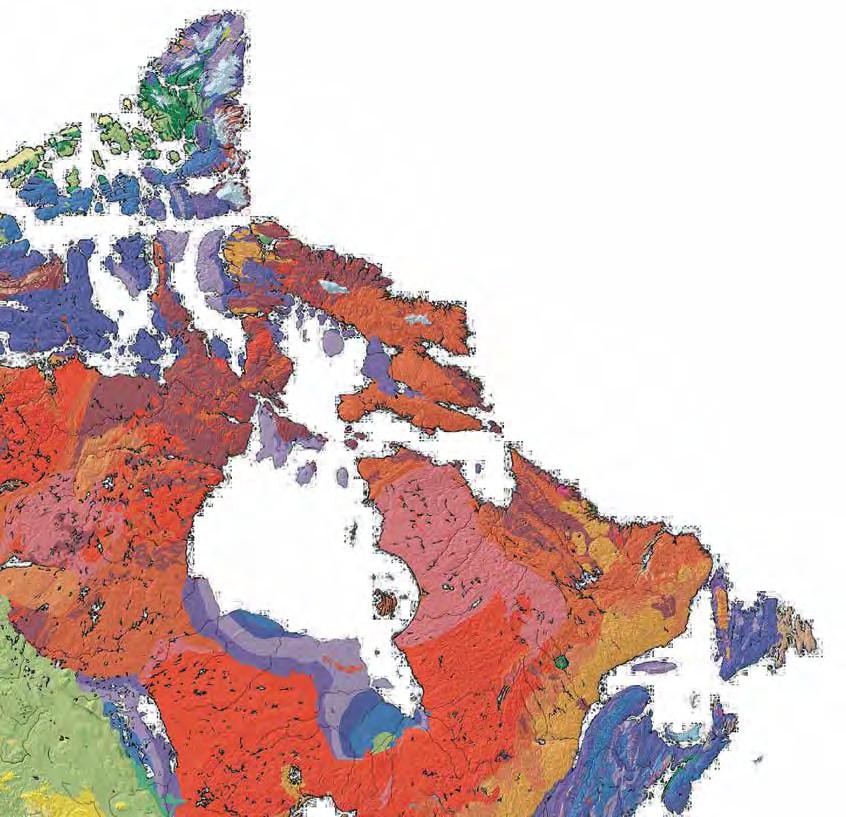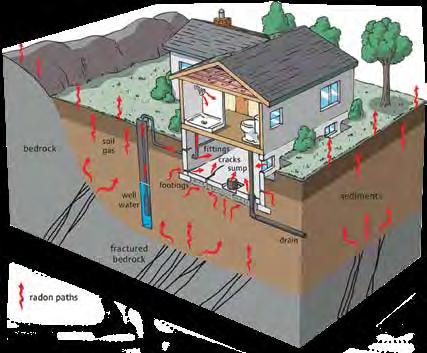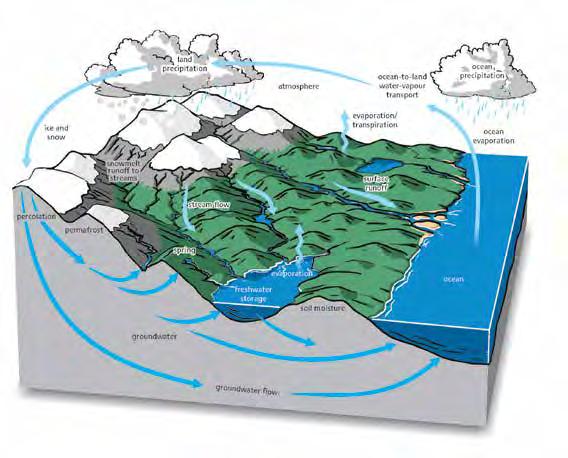CLIMATE CHANGE Geoscientists, using their understanding of climate variations throughout Earth’s history, play a critical role in helping society understand present-day climate change, humanity’s influences on these changes, and developing best strategies to adapt to climate change. Geoscientists will continue to serve a critical role in helping society monitor and adapt to these changes. Decision-makers need robust scientific information about the Earth’s past and present climate to determine the potential range of future changes.
DID YOU KNOW
that one of the world’s first projects to evaluate a commercial-scale carbon capture and storage (CCS) system was in Canada? At Weyburn, Saskatchewan, a project was launched in 2000 and completed in 2012 to monitor and study carbon dioxide (CO2) injection and storage in a depleted oilfield. Carbon dioxide injected into the Weyburn Oilfield enhanced oil recovery, increasing the field’s oil production by an additional 10 000 barrels per day, and demonstrated the technical and economic feasibility of permanent capture and storage of carbon dioxide in geological formations.
Denis Lacelle
CLIMATE THROUGH GEOSCIENCE Humans have only observed and recorded the climate directly using reliable measuring equipment for less than a century, but geoscientists can find evidence of dramatic past climate change on all time scales, ranging from hundreds to millions of years. Using evidence collected from lake-bottom sediments or ice tens of thousands of years old, geoscientists can reconstruct past climatic conditions to better understand the natural variability in the climate system. This background information is needed to properly assess the impact humans are having on the climate today.
PROTECTING THE MOST VULNERABLE: THE PERMAFROST PROBLEM More than half of Canada is underlain by permafrost, a frozen subsurface layer that can range from a few metres to hundreds of metres thick. Many communities in northern Canada are built on permafrost and they are now on the front lines of climate change. Permafrost is thawing and what were previously stable landscapes have suddenly become waterlogged and unstable, and subject to slumping and failure. Geoscientists are observing these sensitive Arctic landscapes – measuring and mapping subtle changes, using satellite imagery as well as clues gained from subsurface drill cores – to help understand and inform our response to the changing landscape. BEYOND OUR BORDERS Canada has pledged its best efforts to understand and adapt to climate change. Geoscientists work to understand the potential effects of climate change on the land and help us adapt to its impacts. Through international collaboration, evidence gathered by Canadian geoscientists is fed into the global climate models, which help to predict future climate change and land system responses.
D. Forbes/FBY
8
GEOSCIENCE AND CANADA UNDERSTANDING OUR EARTH: THE VITAL ROLE OF CANADA’S GEOSCIENTISTS
C. Bohm


